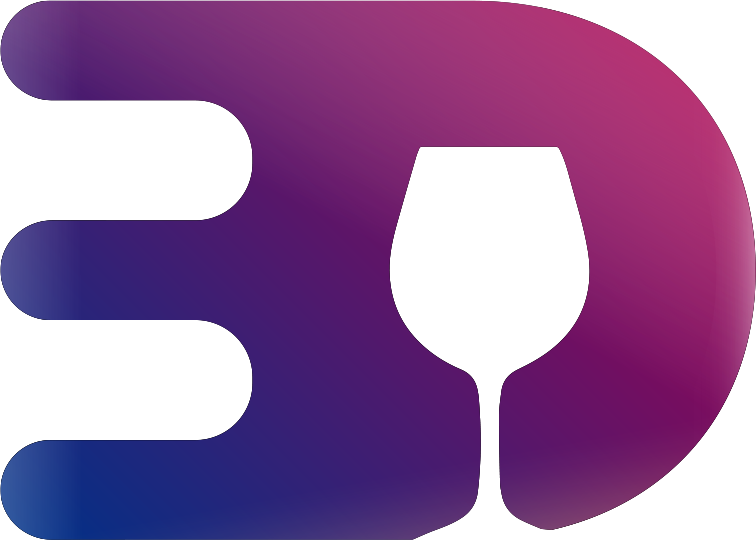How Orange Juice Became the World's Breakfast Beverage
Welcome to our first-ever Orange Juice Week powered by 5Alive Pulpy. At "breakfast time" everyday this week, we'll be sharing something about Orange Juice.
I’ve always wondered why orange juice was the go-to beverage of choice for breakfast. Nothing particularly makes orange juice more breakfast-y than other juices so it is, for lack of a better word, “strange” that orange juice is our de-facto breakfast leader. I mean, it’s perfect in a mimosa, but surely the reason extends beyond that. Because Eat.Drink.Lagos is for the people, I did some googling to figure out the history of orange juice and its place on the breakfast table.
Turns out, there’s no great science to it. Orange juice became a breakfast staple thanks to some remarkable beverage propaganda from an advertising executive called Albert Lasker.
In the early 1900s, Lasker, one of the inspirations behind Mad Men’s Don Draper, took on the California Fruit Growers Exchange (CFGE) as clients for his firm, Lord & Thomas. At the time, the CFGE was producing an unbelievable amount of oranges and didn’t have matching demand. The CFGE had two choices: reduce supply or create demand. Reducing supply was clearly not on the agenda for obvious reasons - they were not trying to make less money. Therefore, like any business struggling with product sales, the CFGE turned to advertising as the solution.
But how exactly could advertising be leveraged? You could not just push out jingoistic ads for a farming cooperative. You could simply advertise an orange, which they did, but I wouldn’t be writing this if that campaign achieved unimagined success. To further push their orange agenda, Lasker got the CFGE to share insights from their routine trips to stores they stocked. One big thing they learned was that attendants absolutely hated making freshly-squeezed juice. The amount of time required to make a glass and the clean up involved was a complete pain. As a result, many retailers factored this in when pricing freshly-squeezed juice.
Side note: It’s absolutely hilarious that, a century later, making freshly-squeezed juice is still as annoying.
I digress.
Lasker’s team and the CFGE figured that if store attendants had this problem, surely people in their houses would encounter the same challenge and out of frustration, simply opt for an “easier” drink. Both teams realized it would be a lot easier to present the consumer with an already squeezed orange that could picked off the store shelf.
This little realization prompted the development of the juice extractor. Lord & Thomas jumped on this good fortune and in 1916, they introduced the “Drink an Orange” campaign, which bundled a juice extractor with a pair of oranges. In the copy for one of the first ads, orange juice was described as “healthfulness itself”. The campaign convinced Americans that drinking a glass of orange juice would significantly improve their health and as expected, orange consumption per serving more than double.
How did breakfast come in, however? The explanation for this is pretty simple and, to be fair, I could have said this from the get go. But that’s boring. The CFGE also produced lemons and faced stiff competition from imported lemons. In 1915, the CFGE began aggressively pushing lemons with the help of Lord & Thomas. To make both fruit campaigns work in sync, orange juice was positioned as the beverage of the morning while lemonade was positioned as the beverage of the afternoon.
And when American culture became mainstream culture, orange juice in the morning and other uniquely American activities simply became default for everyone around the world.
-----
Reference:
Cruikshank, Jeffrey L., and Arthur W. Schultz. The Man who Sold America: The Amazing (but True!) Story of Albert D. Lasker. Harvard Business Review Press, 2010
SPONSORED CONTENT





